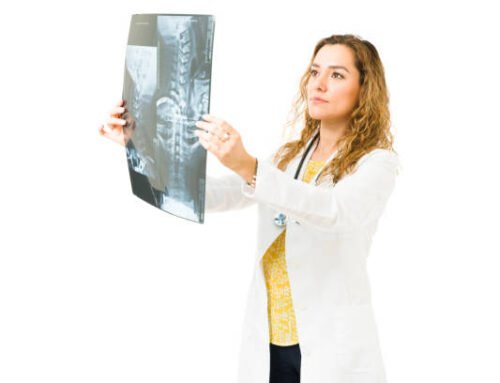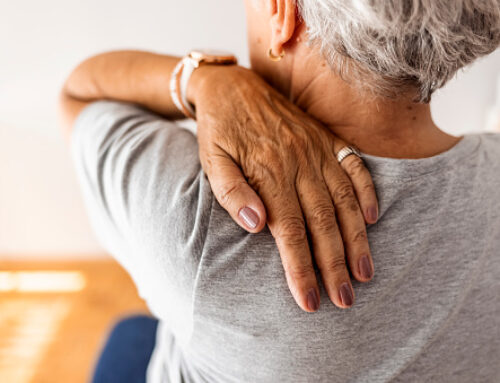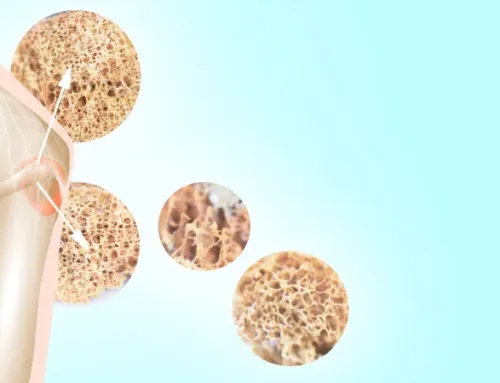It’s noway too early to seriously suppose about conserving and adding bone viscosity. As time moves forward during the aging process, guarding bone health becomes a more burning concern. thus, there’s no time like the present to find strategies to increase bone strength and viscosity. that our bones are continuously changing, with old bone breaking down to make way for new bone growth. While this process continues as we progress, the performing bone mass increase happens more effectively and at a important faster rate when we’re youthful. What might come as the biggest surprise is that we reach our peak bone mass at around the age of 30.
At that point, we begin to lose slightly further bone mass than we gain and at age 50, we start to lose bone mass, which leaves us at threat for bone fractures and osteoporosis. While bone viscosity loss and osteoporosis are common in growing grown-ups, it isn’t one of the normal signs of growing at 60 or later. Rather than accepting osteoporosis as a fact of aging or as another of life’s old age problems, there are ways to get stronger and make your bone strength.
Who Has Osteoporosis?
Osteoporosis is a complaint that occurs in the bones of men and women as we get aged. As mentioned before, age plays a major part in overall bone health and eventual decline since growth comes to a halt by the time we reach our 30s. still, women regard for an inviting 80 of diagnosed osteoporosis cases, reports Department of Health and Human Services Office on Women’s Health( OWH). Women who have gone through menopause stand an indeed lesser chance of developing this complaint. More specifically, Asian women face the topmost threat of developing osteoporosis due to their further generally small frames and lighter weight. Mexican and white women follow not far behind Asian women with one- in- four Mexican women and one- in- six white women entering an osteoporosis opinion.
What Are threat Factors and Causes?
Age, gender and hormones easily play a part in whether you might develop osteoporosis, but there are fresh factors and causes to consider. Review a many other rudiments of bone health and the pitfalls of bone loss and osteoporosis The loss of the estrogen hormone leading up to and during menopause puts women at a significantly advanced threat for poor bone health past the age of 50, making it essential for women to bandy performing a bone viscosity checkup with your croaker.

The reports that some women lose up to 25 of their bone mass in the 10 times following menopause. Men still need to take preventives to cover their bone health, so please do not tune out if you’re a man reading this. A poor or shy diet, lacking essential nutrients can leave our bones unsubstantiated and at threat for bone viscosity.
Lack of physical exercise, including strength training and toning and weight- bearing cardiovascular exercise like walking or jogging, can negatively impact bone health. Smoking, especially for long durations throughout life, puts women at a advanced threat for lower bone viscosity, bone breaks and earlier entry into menopause, which poses its own problems for bone health. fresh causes and threat factors of dropped bone health and development of osteoporosis include consuming too important alcohol, having or having endured an eating complaint, and taking certain specifics to treat long- term health issues like thyroid complaint, arthritis, lupus and asthma.
You Increase Bone viscosity After Age 60?
There’s no reason to stay for a bone break after age 60 if you have entered a poor bone viscosity webbing that shows you’re heading toward developing or have developed osteoporosis. With some determination, decisive action and discipline, you can ameliorate your bone health and your overall well- being by launching an attack against the bone deteriorating complaint. Then are some vital ideas and strategies on how to increase bone viscosity.
How important Calcium Do You Need?
The National Institutes of Health( NIH) Osteoporosis and Related Bone Disease National Resource Center reminds us that calcium and Vitamin D are important at every age to support good bone health. Calcium is an essential element demanded to cover our heart, muscles and jitters, allowing for proper functioning and clotting. The NIH states that shy calcium contributes to osteoporosis judgments . Unfortunately, utmost people don’t consume enough calcium for peak bone health.
How important Calcium Do You Need?

The National Institutes of Health( NIH) Osteoporosis and Related Bone Disease National Resource Center reminds us that calcium and Vitamin D are important at every age to support good bone health. Calcium is an essential element demanded to cover our heart, muscles and jitters, allowing for proper functioning and clotting. The NIH states that shy calcium contributes to osteoporosis judgments . Unfortunately, utmost people don't consume enough calcium for peak bone health.





